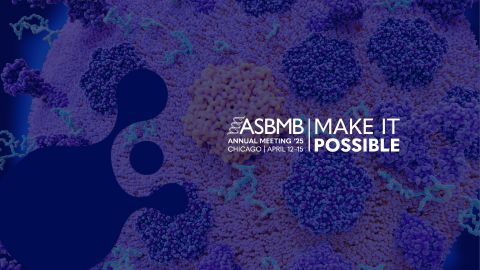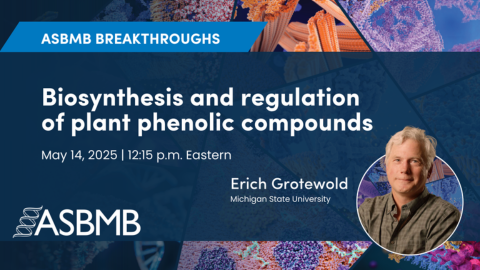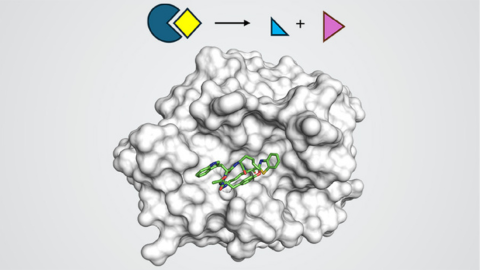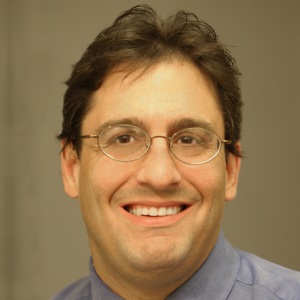Becoming competitive for a teaching (and research) position: part 2
Advertising an open position can be expensive. To reduce costs, most schools will advertise in only one or two locations. The websites most often used by primarily undergraduate institutions and schools hiring for teaching-centered positions are Chemical & Engineering News, The Chronicle of Higher Education and HigherEdJobs.com. While some PUI and teaching-specific positions are posted alongside positions from medical and research-intensive universities in the journals Nature and Science, most schools use The Chronicle, which is a good place for you to start your search.
Job-hunting season
There is a predictable cycle for most PUI positions. Openings are approved at the end of a school year or during summer, and a search committee forms to start the process at the beginning of the academic year. Advertisements for PUI positions appear at the end of August and peak around September or October. Summer is the time to prepare your application and start lining up your letters of recommendation. Asking for help at the beginning of a school year is always a challenge.
Look carefully at the ads. What discipline are they looking for? If you are a developmental biologist with experience in tissue microscopy, submitting an application for a chemical biology position in a chemistry department means that your application will likely not make it past the first screen. Determine the main courses taught by the position. If you have the background to teach these, highlight your ability in the application.
Other factors to consider are:
-
Is this a joint appointment or in a single department?
-
How important is research?
-
Is this a small or large institution? Public or private?
The current trend is the expectation of training undergraduates in research to support the department’s mission. Thus, postdoctoral training is critical for nearly all positions.
The best way to understand the needs of the department is to look for keywords in the job advertisement and then to go to the department website to get a feel for the culture and nature of the institution. Figure out how you can best meet the department’s needs beyond the classes or discipline description in the advertisement.
Creating an eye-catching application
There is a huge difference between applications for PUIs and those for graduate/medical schools or for industry positions. You will have to take time to create a specific application for these positions.
Put yourself in the position of the search committee. In the midst of classes, research, committees and family obligations, search committee members are doing a grueling but important task. Looking through piles of applications is exciting and exhausting. When I see a nonspecific, general application for a research institution that doesn’t fit our mission or goals, it is tempting to ignore the rest of the file. While a more careful person will give each application thorough consideration, some won’t.
If you want to get past the first cut, take time to create a PUI-oriented application and tailor it for the position.
Cover letter
The cover letter is often overlooked but one of the more critical components for a good application. This is where your personality and interest shine.
Search committees are not just looking to fund a research project; they are looking for someone who can add to the department in terms of teaching, research and outreach interest, someone with interesting potential. Use your cover letter to let the search committee that you know about their institution and want to be part of their mission. A clearly research focused applicant will have as competitive application for a university where teaching is half or more of the mission of the institution.
-
Write about your training in teaching and research. Give personal antidotes about each.
-
Communicate your experience in mentoring undergraduates, even if slight. Don’t worry that the information is already on your CV or in one of the statements.
-
Introduce your strengths and your experiences and professional goals align and with that of the department and compliment the interests of the institution.
-
Avoid the stock phrases such as “I’ve read your advertisement” or going overboard on the research.
Your search committee will be an audience of several disciplines. It is likely that only a few will understand the research. This is a place to tell them that you will be a good colleague and asset to the department.>/p>
The letter should be one to two pages long. A formal but conversational tone is appropriate here.
Teaching philosophy
Asking for a teaching philosophy from candidates who haven’t taught very much is kind of crazy, but is a standard part of the application.
What does a committee look for in these statements? Here are some questions they’ll be asking when they read your teaching philosophy:
-
What is the experience of the candidate, and how is this reflected in the statement?
-
Can the candidate communicate their teaching goals and style?
-
What kinds of pedagogical approaches has the candidate used and/or will consider using?
-
Does the candidate articulate a distinctive vision that implies passion for teaching?
Base your teaching philosophy on current literature and research. You may not have used POGIL or know much about flipped classrooms, but you can certainly read and write about how you plan to use them in your teaching.
Use the ASBMB’s website for information on foundational principles of an undergraduate biochemistry or molecular biology education.
Your teaching philosophy should tell the hiring committee how you will be as a professor, not provide a history of your time as a teaching assistant.
Remember, too, that you will be teaching laboratories. There are many examples of using different pedagogies in the teaching laboratory that you can include in your statement. Find examples of other programs to emulate. Imagine you had to create a new lab on your own. Research literature on what concepts and skills should be included in such a lab. Use these references to discuss how you might create, for example, a research or inquiry-based biochemistry laboratory.
Course undergraduate research experiences (CUREs) are a way to increase access for research to students in a teaching laboratory. Articles on introducing CUREs have been shared in ASBMB Today and a recent complete review. Two protein-focused CUREs include the BASIL project and the Malate Dehydrogenase CUREs Community. Many other types of CUREs are curated in the NSF-funded website CURE.net.
Your teaching philosophy is just as important as your research statement. Would you ever consider creating an experiment or research proposal without reading critical literature? What would you think of someone who wrote about a research project that was based on what they experienced as a student or thought of from the top of their head? Such a research proposal would be found nonsensical, not based on current scientific understanding and quickly ignored.
Research statement
There are several important points to consider when writing your research statement.
Unlike at a research-intensive university, the search committee at a PUI will be composed of faculty from a wide range of disciplines. Some will have little background to understand your research project.
One of the obvious and most important factors is to describe the kind of research you plan to do. Use a little marketing here and sell the sizzle and not the steak. Write about the benefits of your research as much as the features of your project. How is this project amenable to working in an undergraduate environment? Describe the cutting edge of your work while explaining that it is “doable” with the limited time provided for research at a PUI. Communicate how competitive your project will be when most of the work is conducted by undergraduates. Describe two projects especially if they can be funded from different sources.
Research what kinds of science are done on campus and what nearby institutions have to offer. Consider the resources the university has in place. Look at their departments for key instruments and describe how you can use these to further your work. If you need a confocal microscope that is in another department, contact the search committee chair and ask for its availability and include this in your statement. If your project has potential for collaborations within the institution, write about this potential.
If you need an incredibly powerful NMR, EPR or some instrument not at the university, remember that your startup package may not be large enough to purchase such equipment. A good proposal will discuss collaborating with others in the area or other research laboratories.
Also consider sustainability when designing your research. Will you need a large amount of expensive reagents? Do you need radioisotopes or other supplies that put a demand on an institution? Can you work around such issues?
At the same time, you are likely to be expected to do some level of research that may be funded and published, so simplifying your project too far can be a deterring factor in your application.
Showing your flexibility as well as fundability are going to be critical for your statement to have a strong impact on the committee.
In part 3, I will talk about phone interviews, what questions to prepare for, describe a typical interview and talk about what to do when an offer is made (startup, teaching load, mentoring plans).
This article originally appeared on The Substrate Blog, published by the American Society for Biochemistry and Molecular Biology. It has since been edited for ASBMB Today. Read part 1 of the series.
Enjoy reading ASBMB Today?
Become a member to receive the print edition four times a year and the digital edition monthly.
Learn moreFeatured jobs
from the ASBMB career center
Get the latest from ASBMB Today
Enter your email address, and we’ll send you a weekly email with recent articles, interviews and more.
Latest in Careers
Careers highlights or most popular articles

Engineering the future with synthetic biology
Learn about the ASBMB 2025 symposium on synthetic biology, featuring applications to better human and environmental health.

Host vs. pathogen and the molecular arms race
Learn about the ASBMB 2025 symposium on host–pathogen interactions, to be held Sunday, April 13 at 1:50 p.m.

Richard Silverman to speak at ASBMB 2025
Richard Silverman and Melissa Moore are the featured speakers at the ASBMB annual meeting to be held April 12-15 in Chicago.

Women’s History Month: Educating and inspiring generations
Through early classroom experiences, undergraduate education and advanced research training, women leaders are shaping a more inclusive and supportive scientific community.

Upcoming opportunities
Register for the May 14 ASBMB Breakthroughs webinar on biosynthesis and regulation of plant phenolic compounds.

Upcoming opportunities
Save the date for ASBMB's virtual meeting on nucleophilic proteases. Reminder: Get your ticket for #ASBMB25's closing reception at the Griffin Museum of Science and Industry before it sells out!

